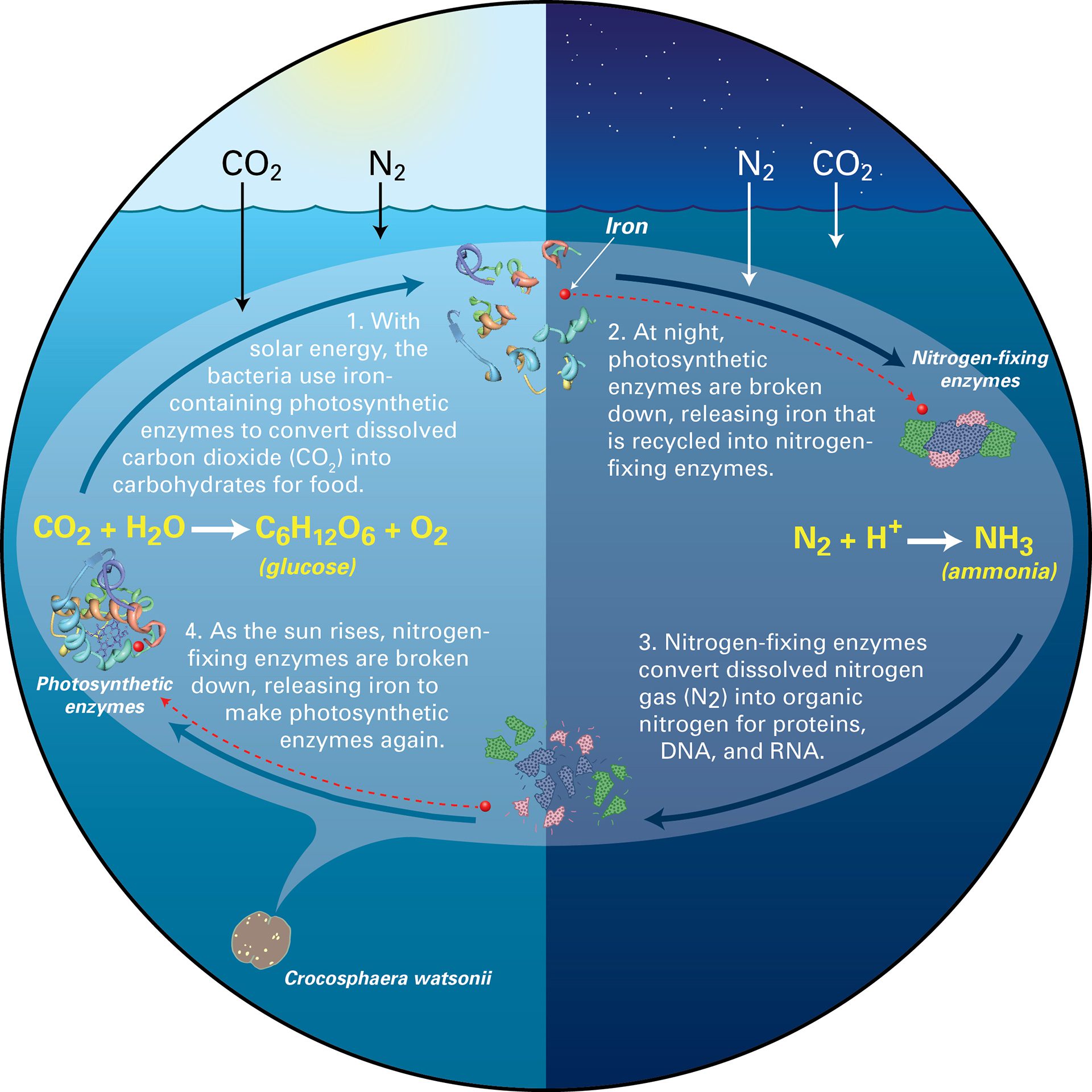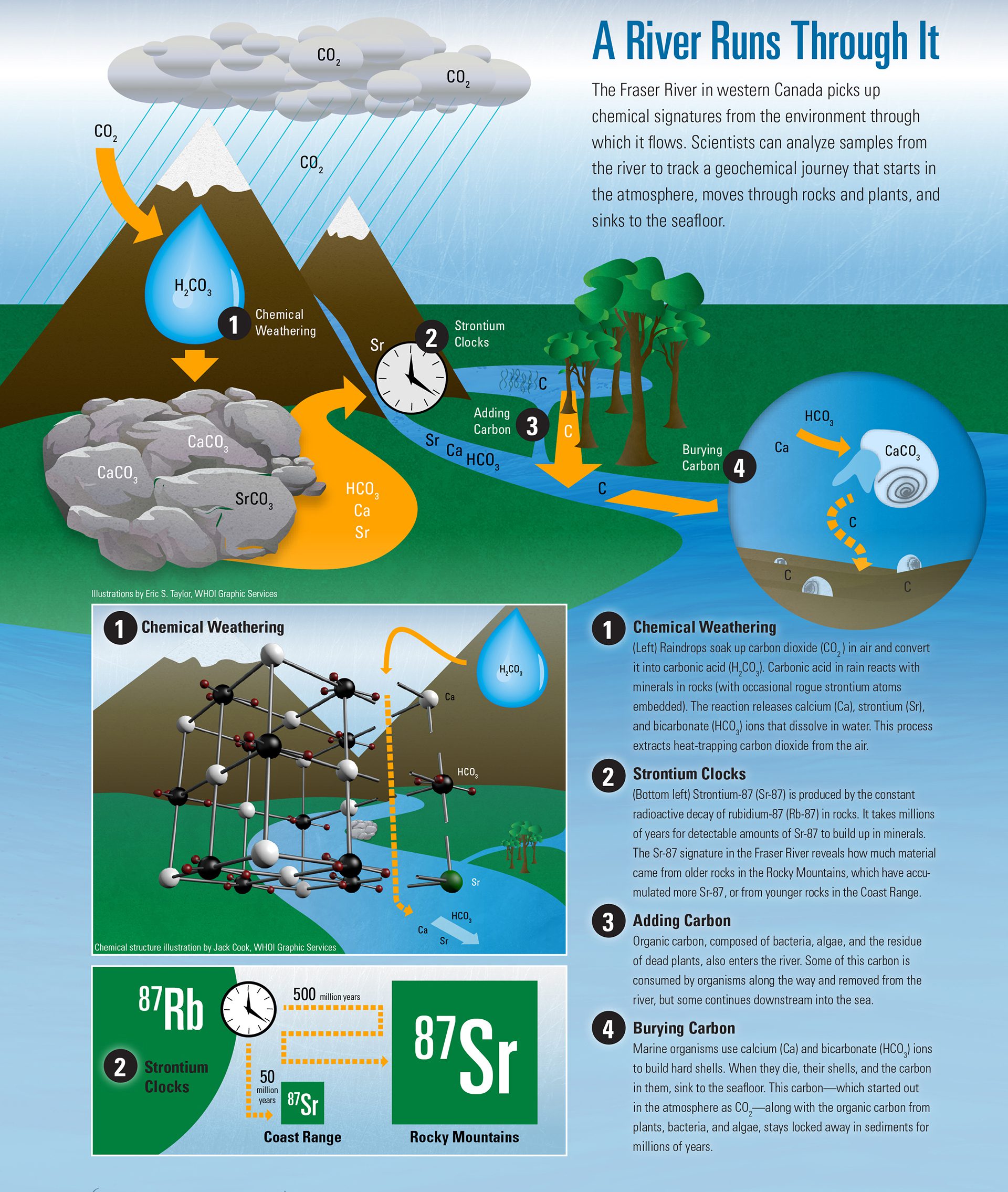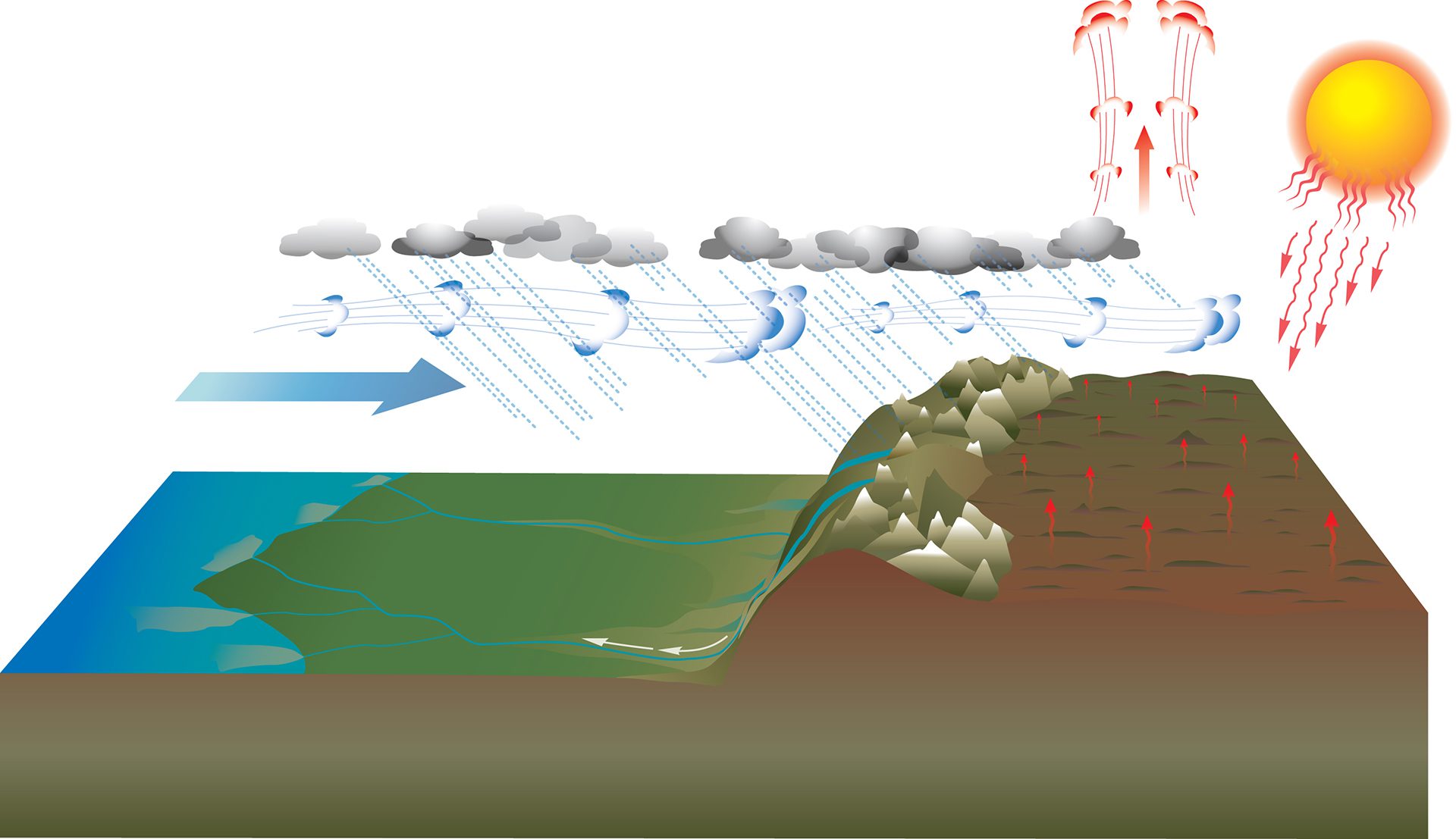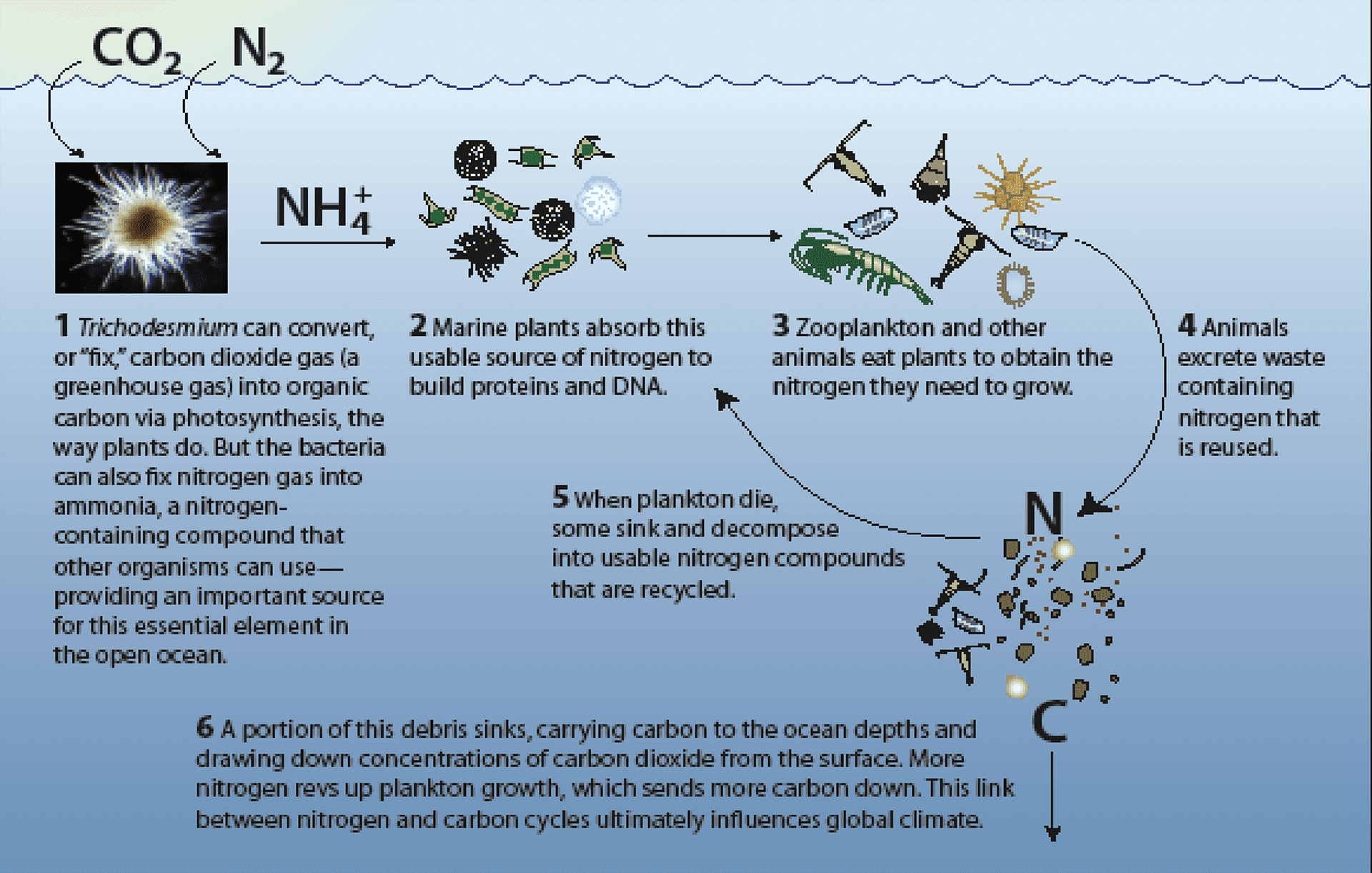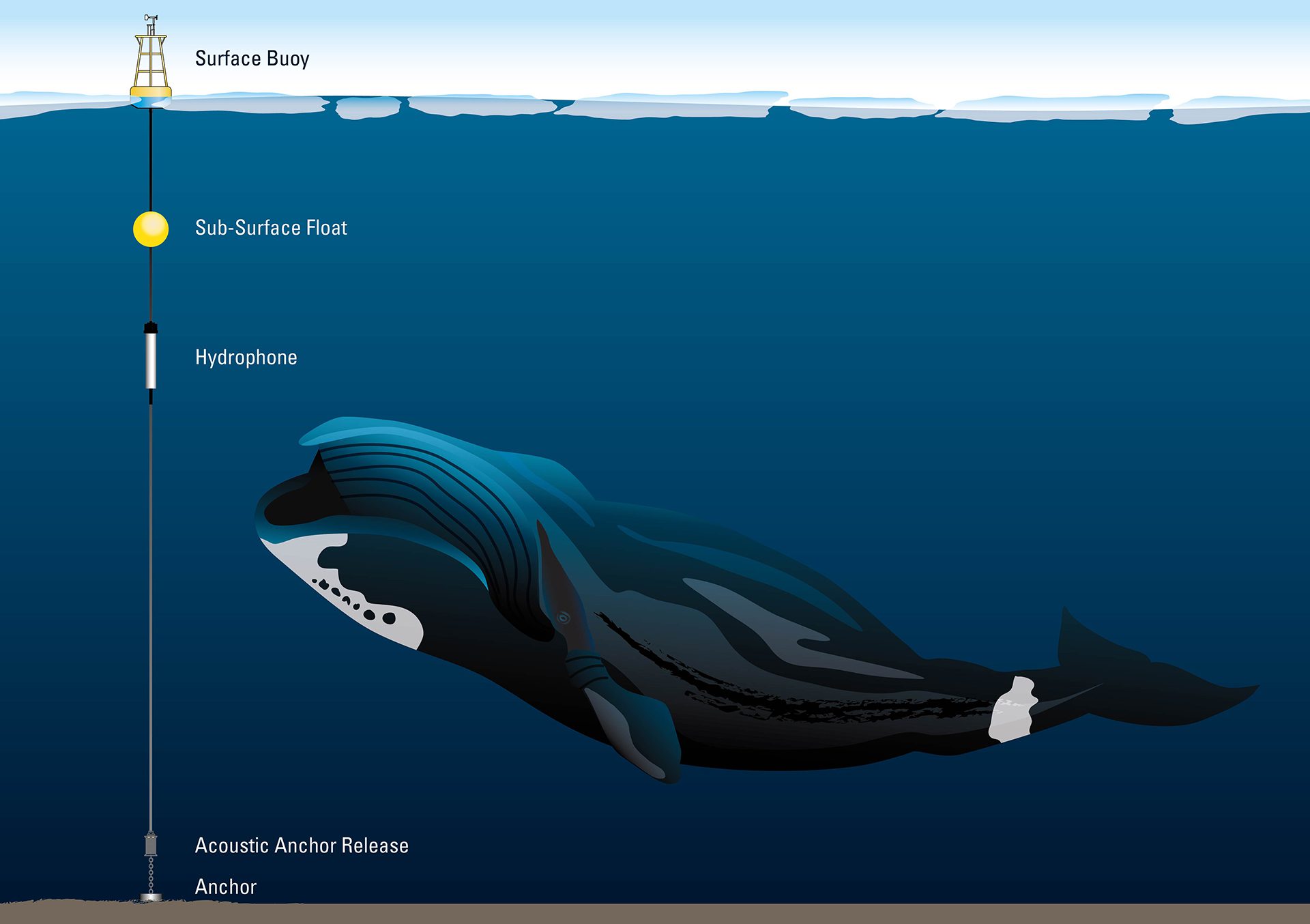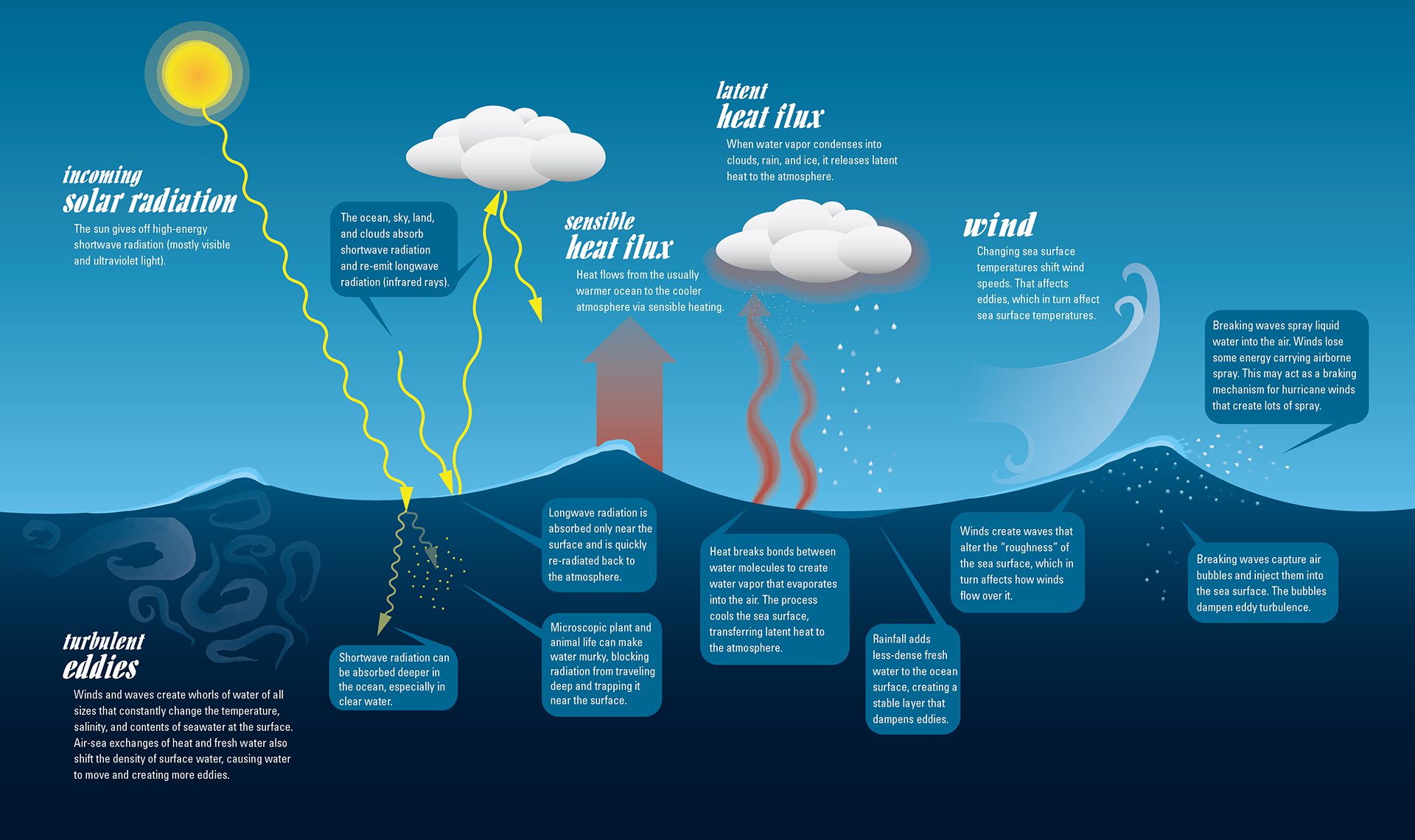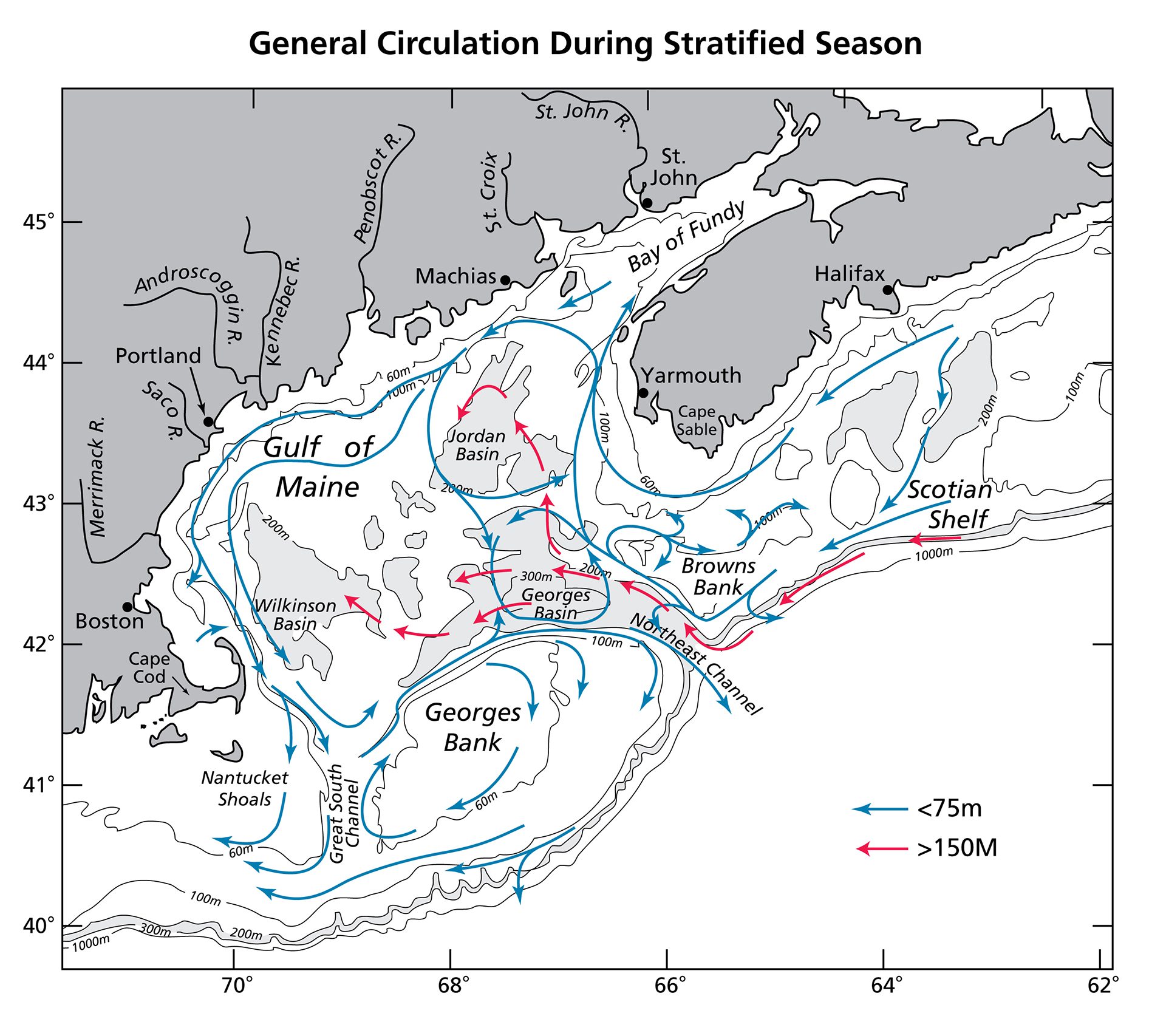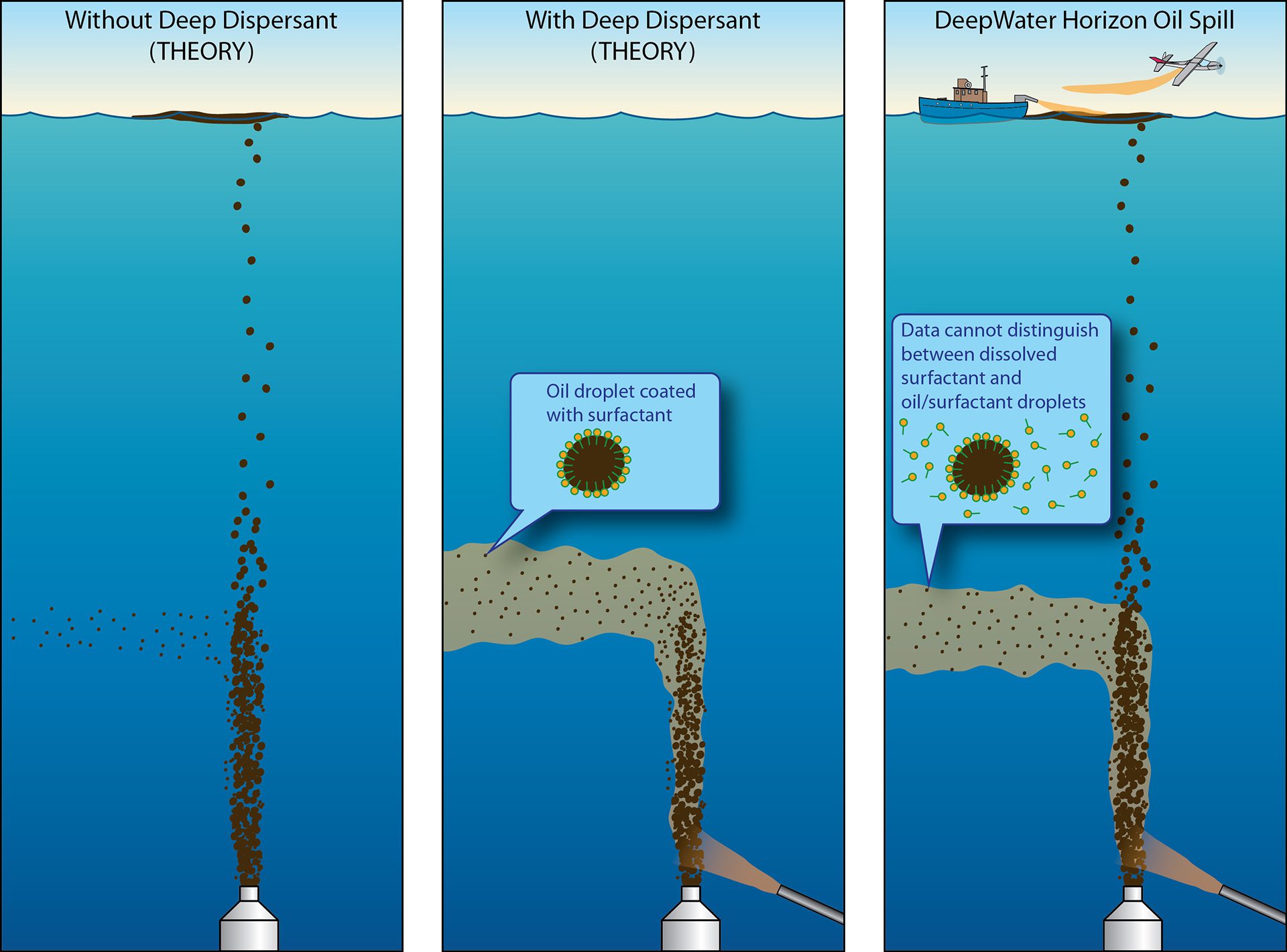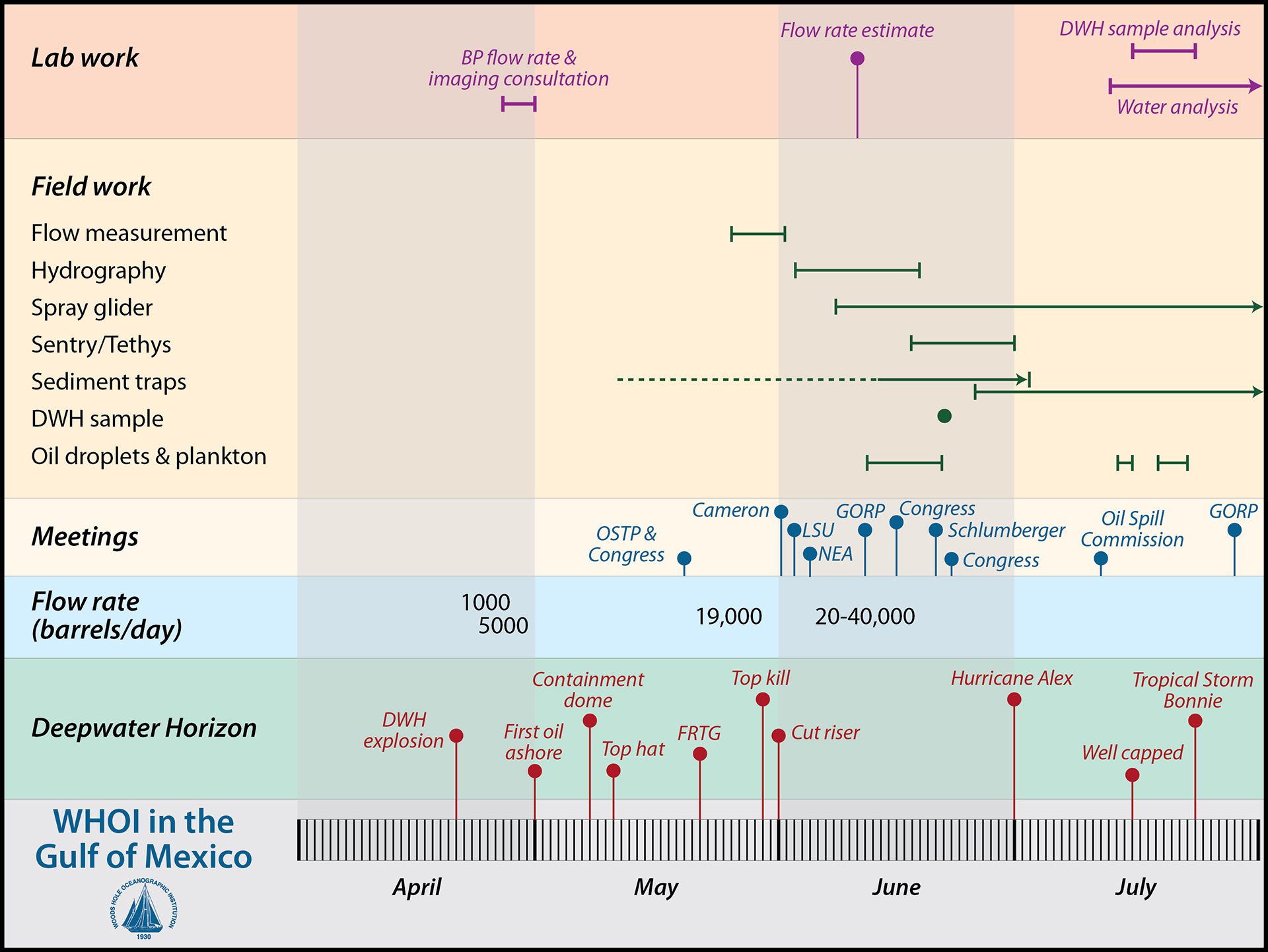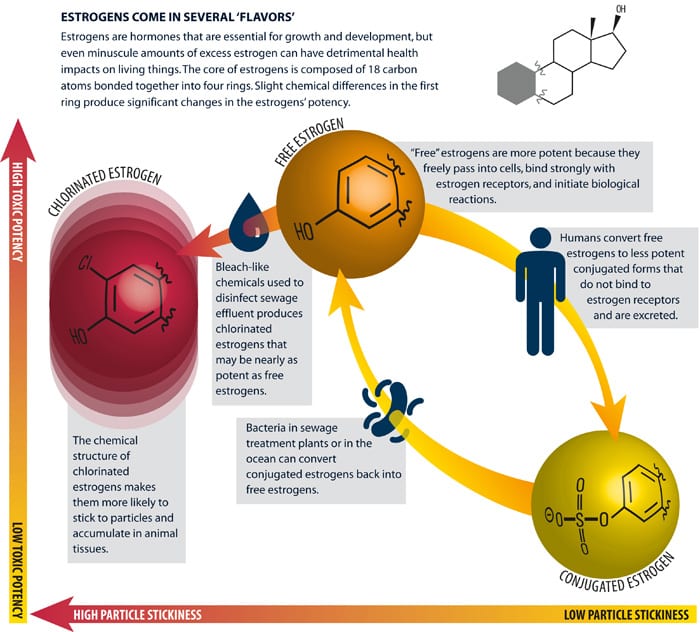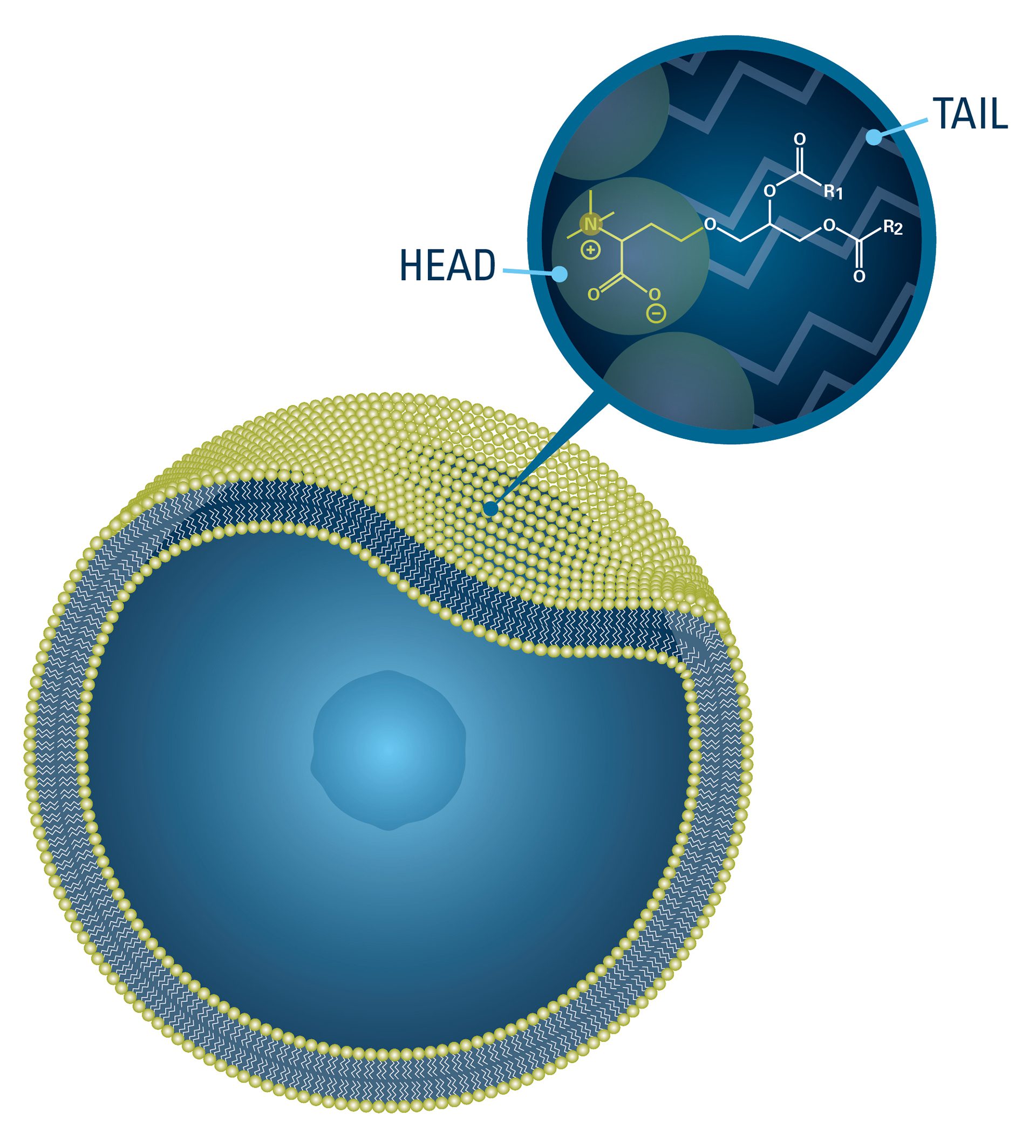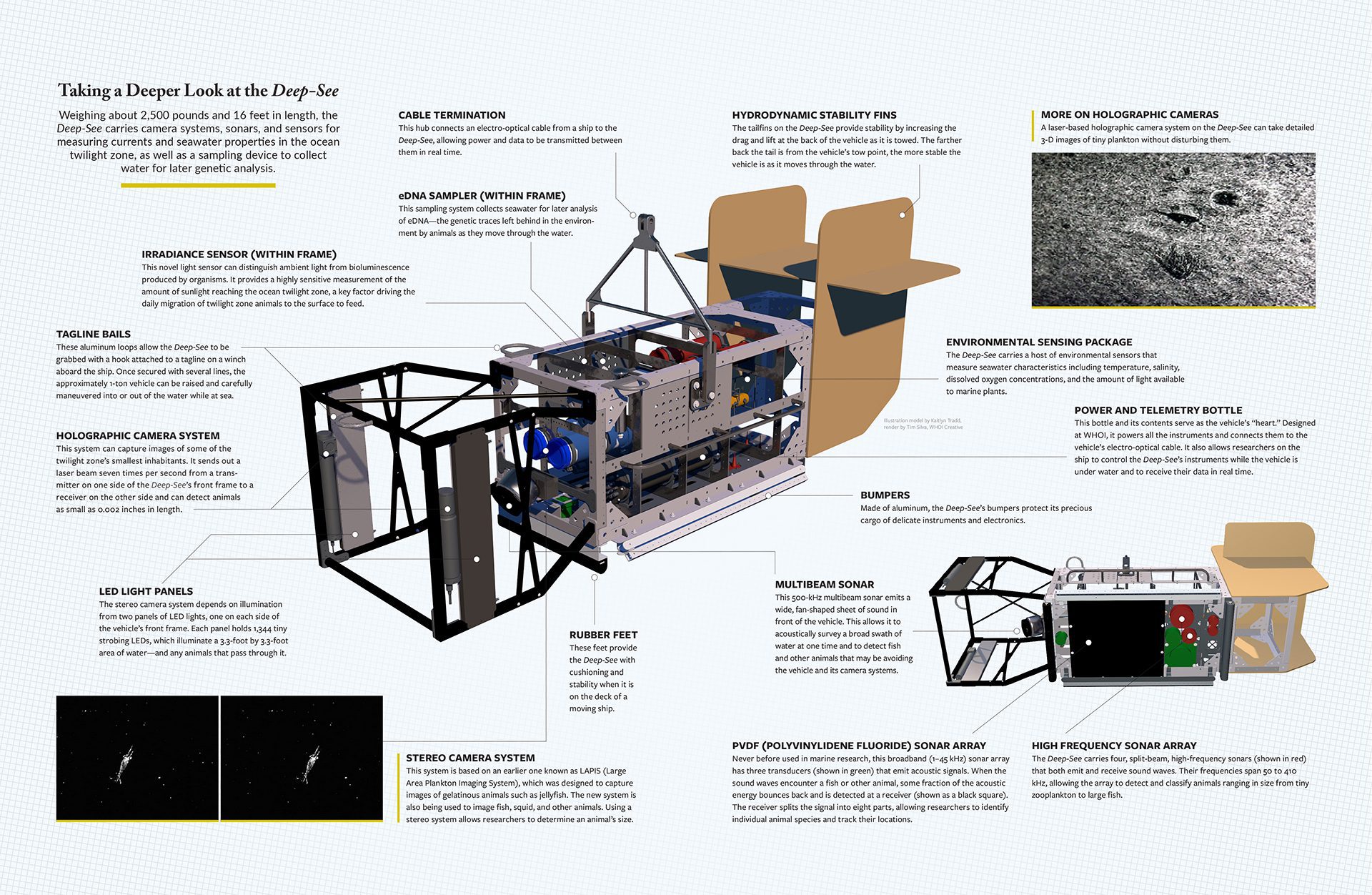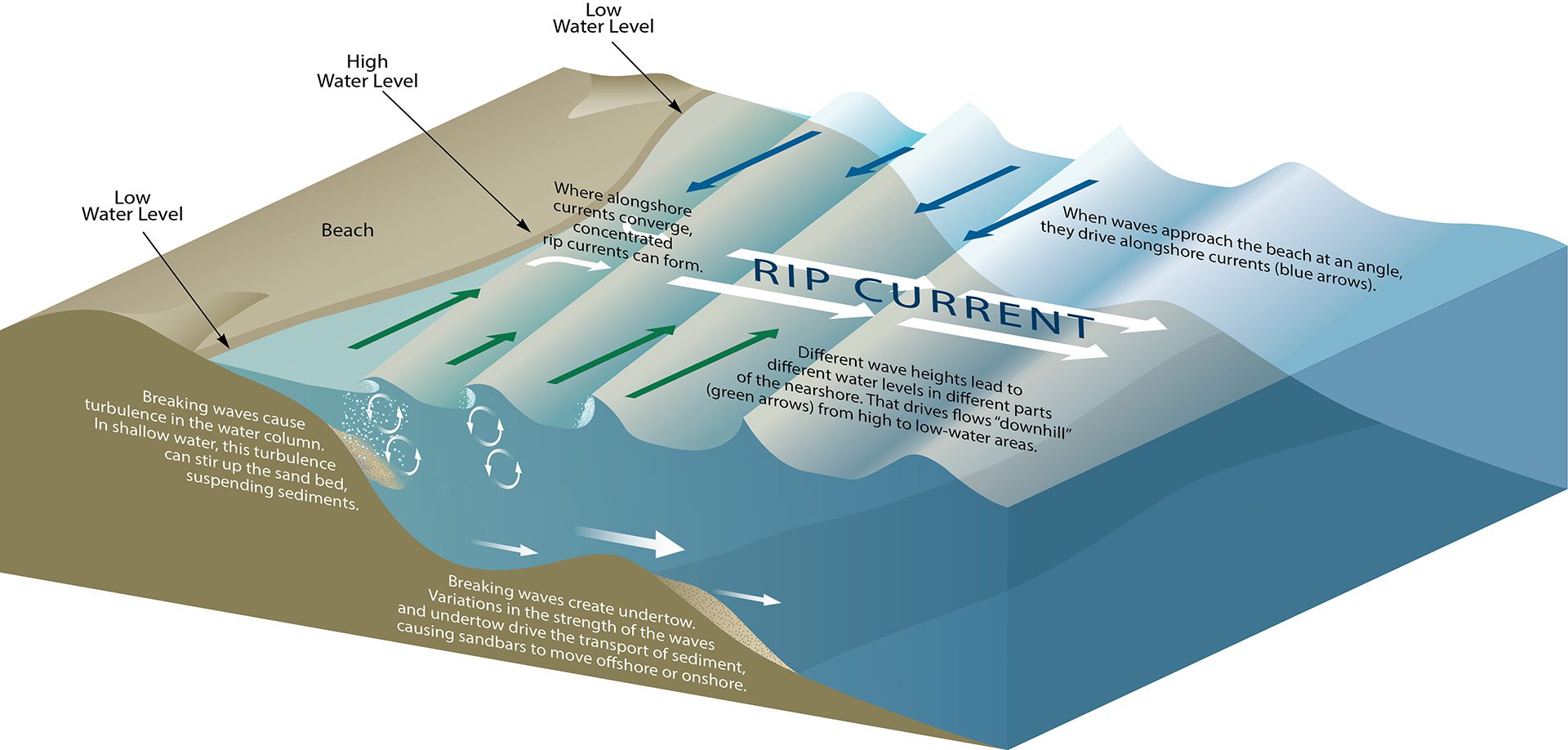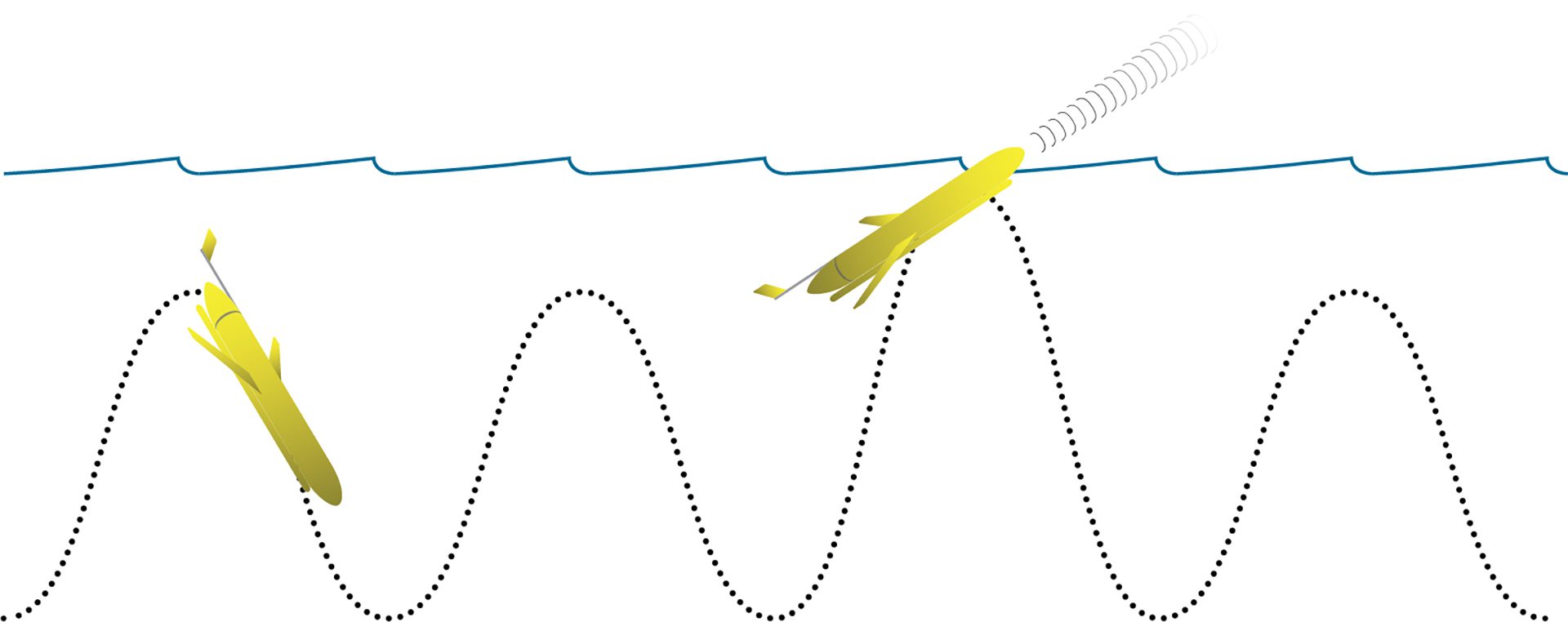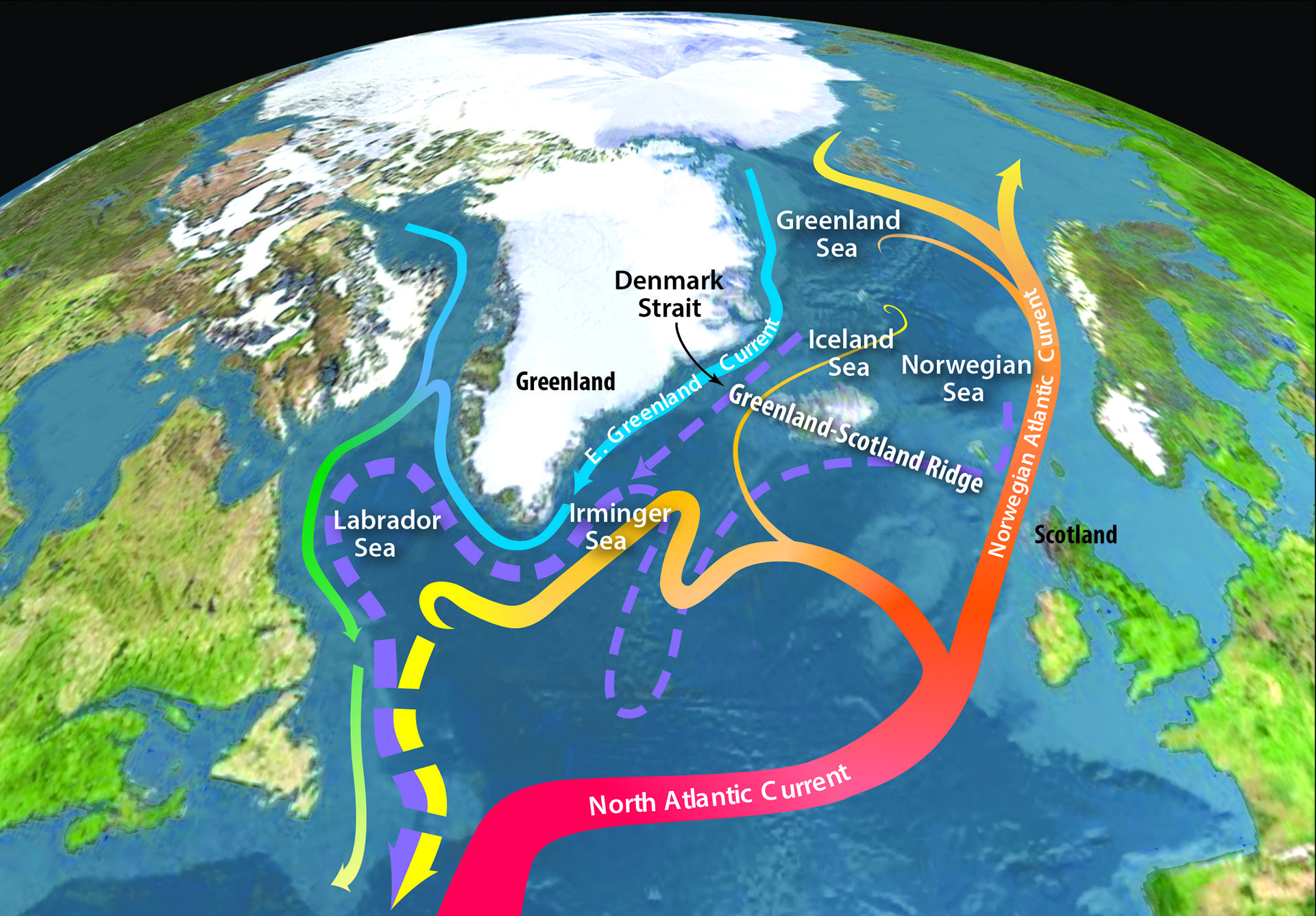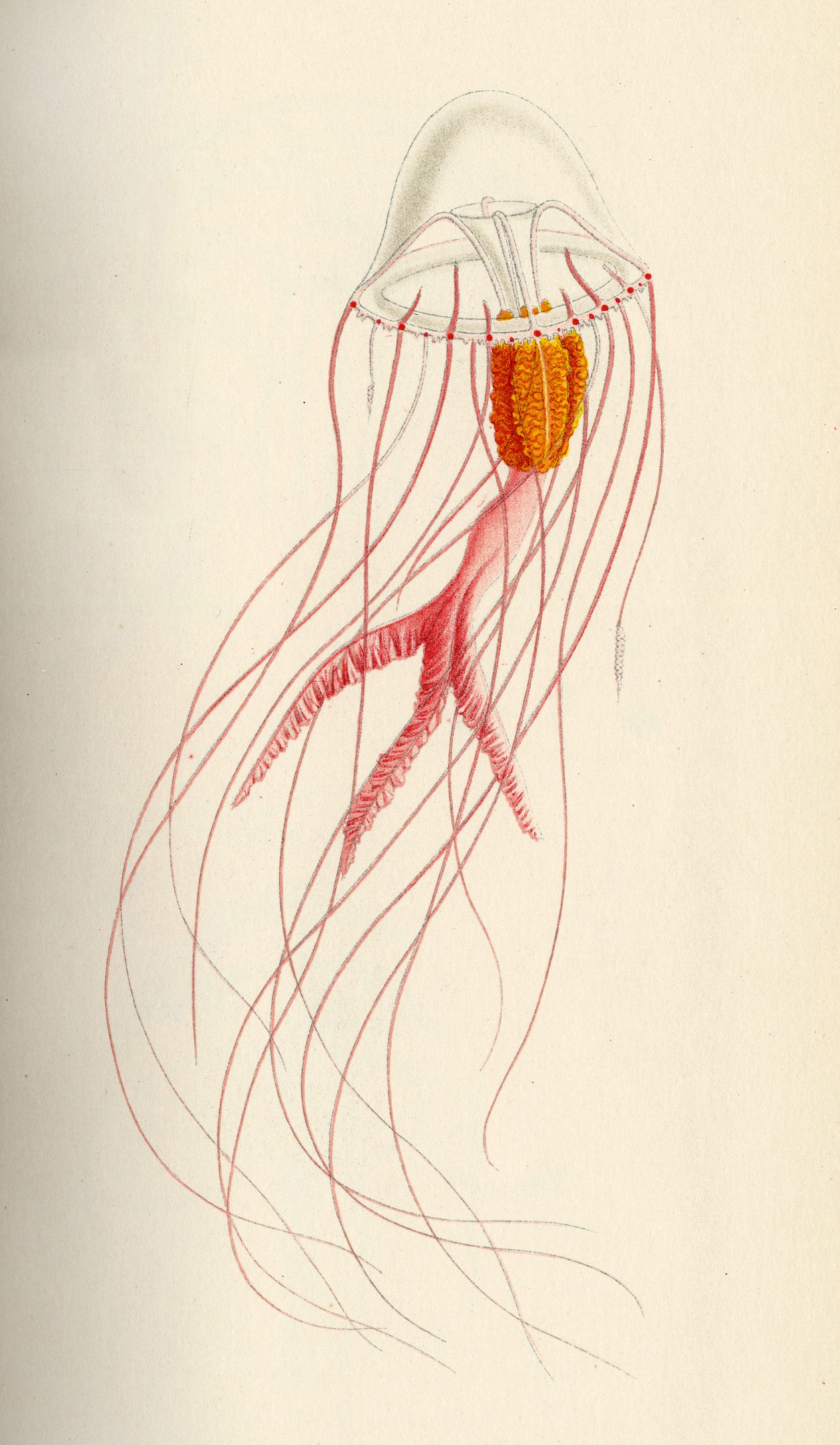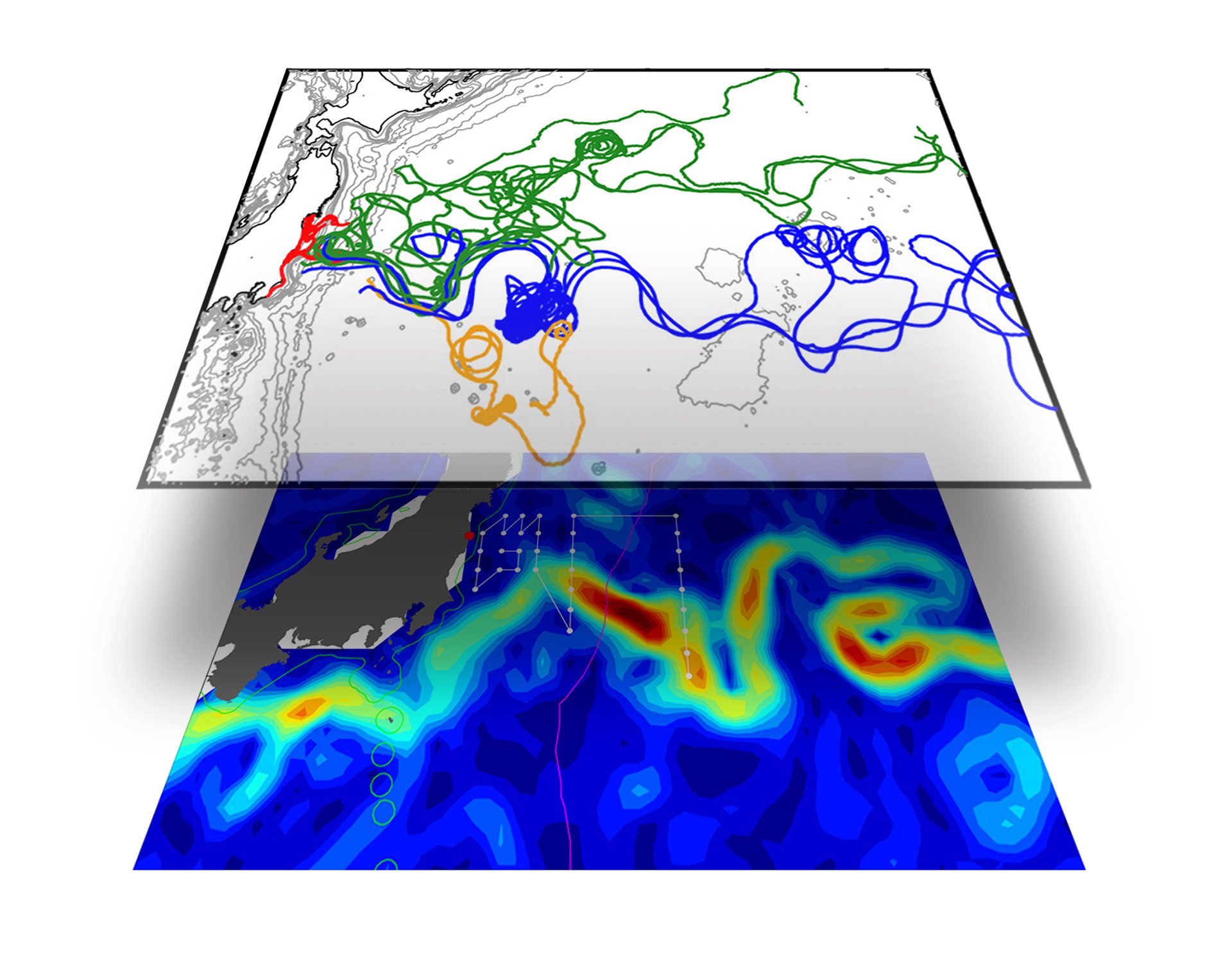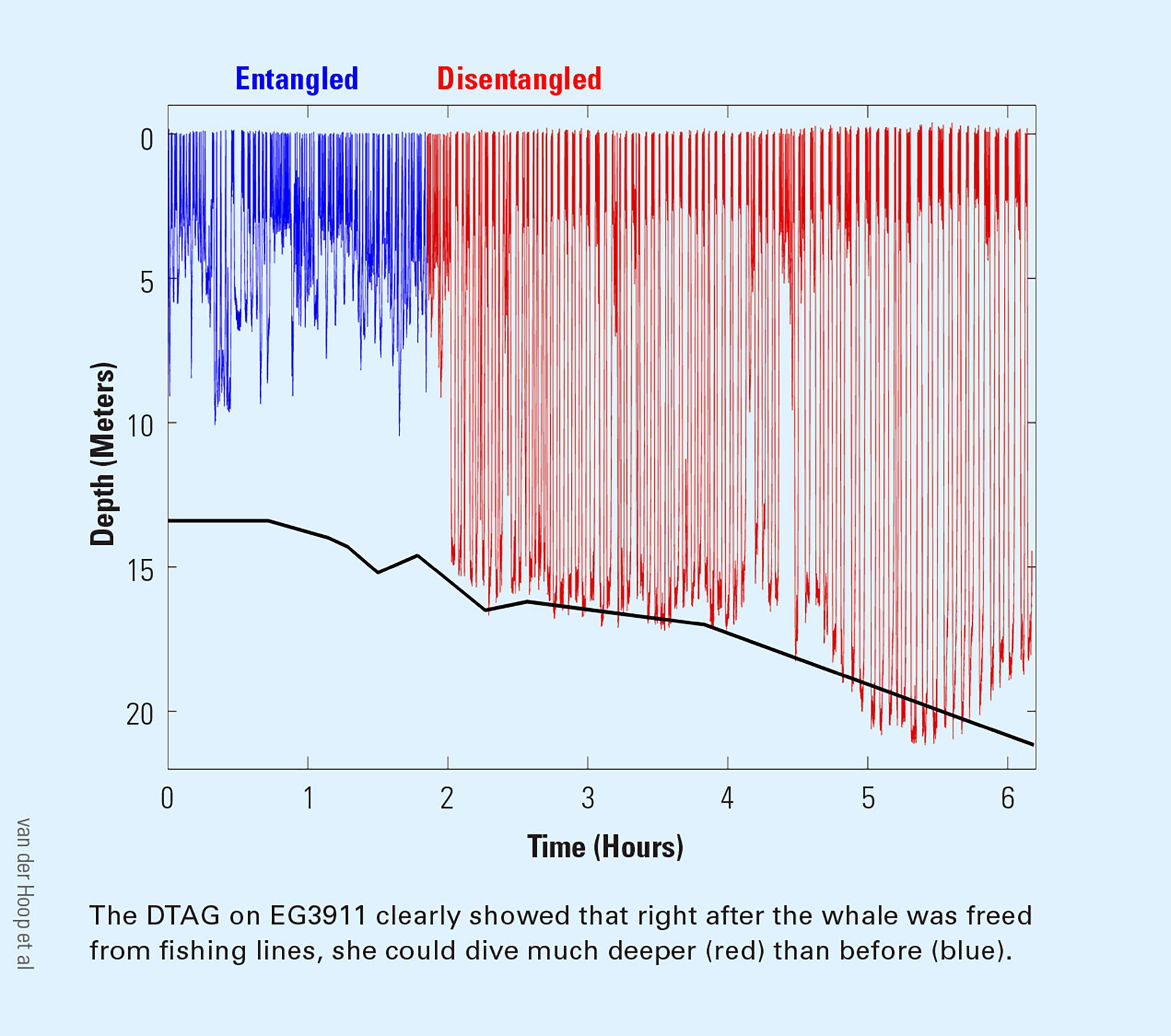Multimedia Items
How blue holes are formed
How blue holes are formed. (Illustration by Eric S. Taylor, © Woods Hole Oceanographic Institution)
Read MoreHow Cyanobacteria Crocosphaera watsonii recycles iron
Got iron? It’s an essential nutrient for living things, but it’s scarce in the ocean. Scientists have found that a key marine bacterium may have evolved a remarkable biochemical way…
Read MoreHow the Fraser River picks up chemical signatures along its journey
The Fraser River in western Canada picks up chemical signatures from the environment through which it flows. Scientists can analyze samples from the river to track a geochemical journey that…
Read MoreHow the Pacific influences rainfall in Asia
El Niño/Southern Oscillation periodically shifts Pacific Ocean temperatures. When surface temperatures in the eastern equatorial Pacific are warmer (orange) during an El Niño, there are heavy rains in East Africa…
Read MoreHow to Make a Monsoon
Originally drawn for Peter Clift and Oceanus on line. Oceanus Flash interactive file has detailed additional information. Article entitled “Moving Earth and Heaven”, P. Clift, Posted on line 02/23/2004. (Illustration…
Read MoreHow Trichodesmium are essential cogs in the ecological machinery of the ocean
The marine bacteria Trichodesmium come in a variety of species. A slick of Trichodesmium floats on the ocean surface in the western South Pacific in January 2007. Trichodesmium are essential…
Read MoreHydrophone on mooring listening to Bowhead whale
It is impossible to keep track of whales visually throughout the year in seasonally ice-covered polar regions. So scientists eavesdrop on bowhead whale calls using moorings with hydrophones that record…
Read MoreIcy wind blows from the Antarctic Continent
Antarctic Bottom Waters Freshening at Unexpected Rate. (Illustration by Eric S. Taylor, © Woods Hole Oceanographic Institution)
Read MoreIlllustration depicting Air-sea exchange mechanisms
Imagine you turn on the tap in the morning and water pummels out and spills over your sink. Later you go out to your garden, but water trickles feebly out…
Read MoreCurrents map of the Gulf of Maine
Currents map in the Gulf of Maine. (Illustration by Jack Cook, © Woods Hole Oceanographic Institution)
Read MoreDeep Ocean Ridge System cross-section with AUV ABE insert
Ridge system, Magma chamber (Illustration by E. Paul Oberlander, WHOI Graphics, © Woods Hole Oceanographic Institution)
Read MoreDeep Water Horizon oil spill dispersant theory scenarios
When oil and gas mixtures are ejected from a deep wellhead, liquid oil droplets of many different sizes form and rise toward the ocean surface. Because the smaller droplets become…
Read MoreDeepwater Horizon Gulf oil spill timeline of events
Deepwater Horizon Gulf oil spill timeline of events. (Illustration by Jack Cook, © Woods Hole Oceanographic Institution)
Read MoreDescription of estrogen types and potency production
Estrogens are hormones that are essential for growth and development, but even minuscule amounts of excess estrogen can have detrimental health impacts on living things. The core of estrogens is…
Read MoreDetail of lipids in cell membranes
The cell membranes of single-celled marine life are mostly made of fatty compounds called lipids. They have a distinctive structure with hydrophilic (water-loving) “heads” and hydrophobic (water-avoiding) “tails” and are…
Read MoreDetails about and sample imaging from Deep-See
Weighing about 2,500 pounds and 16 feet in length, the Deep-See carries camera systems, sonars, and sensors for measuring currents and seawater properties in the ocean twilight zone, as well…
Read MoreDevelopment of a rip current along a coastal beach
Many forces intersect and interact in the surf and swash zones of the coastal ocean, pushing sand and water up, down, and along the coast. Variations in the height and…
Read MoreDiagram demonstrating how a Slocum glider operates in the water column
An ocean glider has no propeller and moves up and down in the water by changing its buoyancy. A glider cannot receive or transmit data under water. It has to…
Read MoreDiagram showing the flow of the North Atlantic and Norwegian Atlantic Currents
The North Atlantic and Norwegian Atlantic Currents carry warm, salty, tropical surface waters northward, where they surrender heat to the atmosphere, tempering winters in Europe. The waters become colder and…
Read MoreDiatoms and Coccoliths carbon-dioxide carbon removal from atmosphere
Conditions that influence removal of carbon-dioxide carbon from atmosphere to deep ocean are illustrated here and discussed in the article. (Illustration by Jack Cook, © Woods Hole Oceanographic Institution)
Read MoreDrawing of Timoides agassizii by Henry Bigelow
Pioneering marine biologist Henry Bryant Bigelow served as the founding director of Woods Hole Oceanographic Institution from 1930 to 1939. Almost three decades earlier, when Bigelow was an undergraduate at…
Read MoreDrifter plot and radioactive substance levels plot relating to Fukushima
BOTTOM: An international scientific team led by WHOI marine chemist Ken Buesseler completed a research cruise in June 2011 to assess the levels and dispersion of radioactive substances from the…
Read MoreDTAG data plot showing whale could dive deeper after disentanglement
Red and blue lines describe the depths of a whale’s dives in work by WHOI-MIT Joint Program graduate student Julie van der Hoop and biologist Michael Moore, director of the…
Read MoreEddy water column profile
Used in Oceanus magazine, Vol. 54, No. 1, pg. 27. (Illustration by Natalie Renier, © Woods Hole Oceanographic Institution)
Read More

